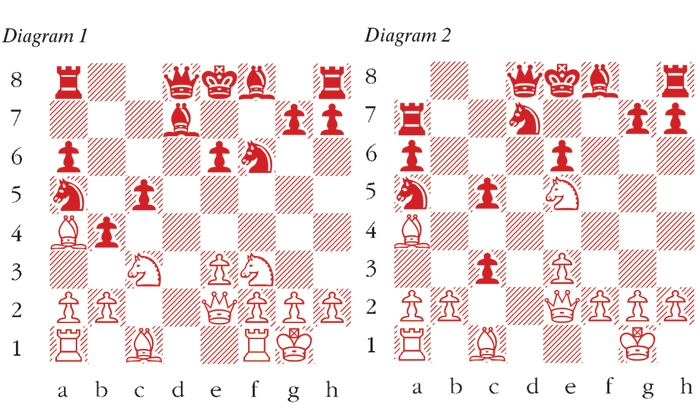Last week we saw the reigning world champion Magnus Carlsen taking a leaf from Alekhine’s book to destroy eccentric opening play by the Swedish grandmaster Nils Grandelius. This week we see Alekhine himself in action, launching a sacrificial maelstrom which destroys his hapless opponent.
Alekhine once wrote, ‘It is especially with respect to the original opening of this game that people often speak of a “hypermodern technique”, a “neo-romantic school” etc. The question is in reality much simpler. Black has given himself over to several eccentricities in the opening which, without the reaction of his opponent, would in the end give him a good game.’ He was actually referring to the opening moves of his game against Rubinstein from the Hague 1921. But his note could equally well apply to the attack he launches in the following game against the Finnish master Böök.
In the 70th anniversary year of Alekhine’s death as world champion, Everyman Chess has published Alekhine: Move by Move by Steve Giddins, upon which I have based the comments to this game.
Alekhine-Böök: Margate 1938; Queen’s Gambit Accepted
1 d4 d5 2 c4 dxc4 3 Nf3 Nf6 4 e3 e6 5 Bxc4 c5 6 0-0 Nc6 7 Qe2 a6 Black is mixing systems. 6 … a6 is the main line, whereas combining it with an early … Nc6 creates a few problems for him. 8 Nc3 b5 9 Bb3 b4 This is the move which brings the roof down on Black’s head, although things are already not that easy for him. 10 d5 Na5 Relatively best. The alternatives are worse, for instance 10 … exd5 11 Nxd5 Nxd5 12 Rd1 Qc7 13 Bxd5 leaves Black in serious trouble, as he cannot complete his development satisfactorily. 11 Ba4+ Bd7 12 dxe6 fxe6 (see diagram 1) 13 Rd1 A typical Alekhine piece sacrifice.







Comments
Join the debate for just £1 a month
Be part of the conversation with other Spectator readers by getting your first three months for £3.
UNLOCK ACCESS Just £1 a monthAlready a subscriber? Log in